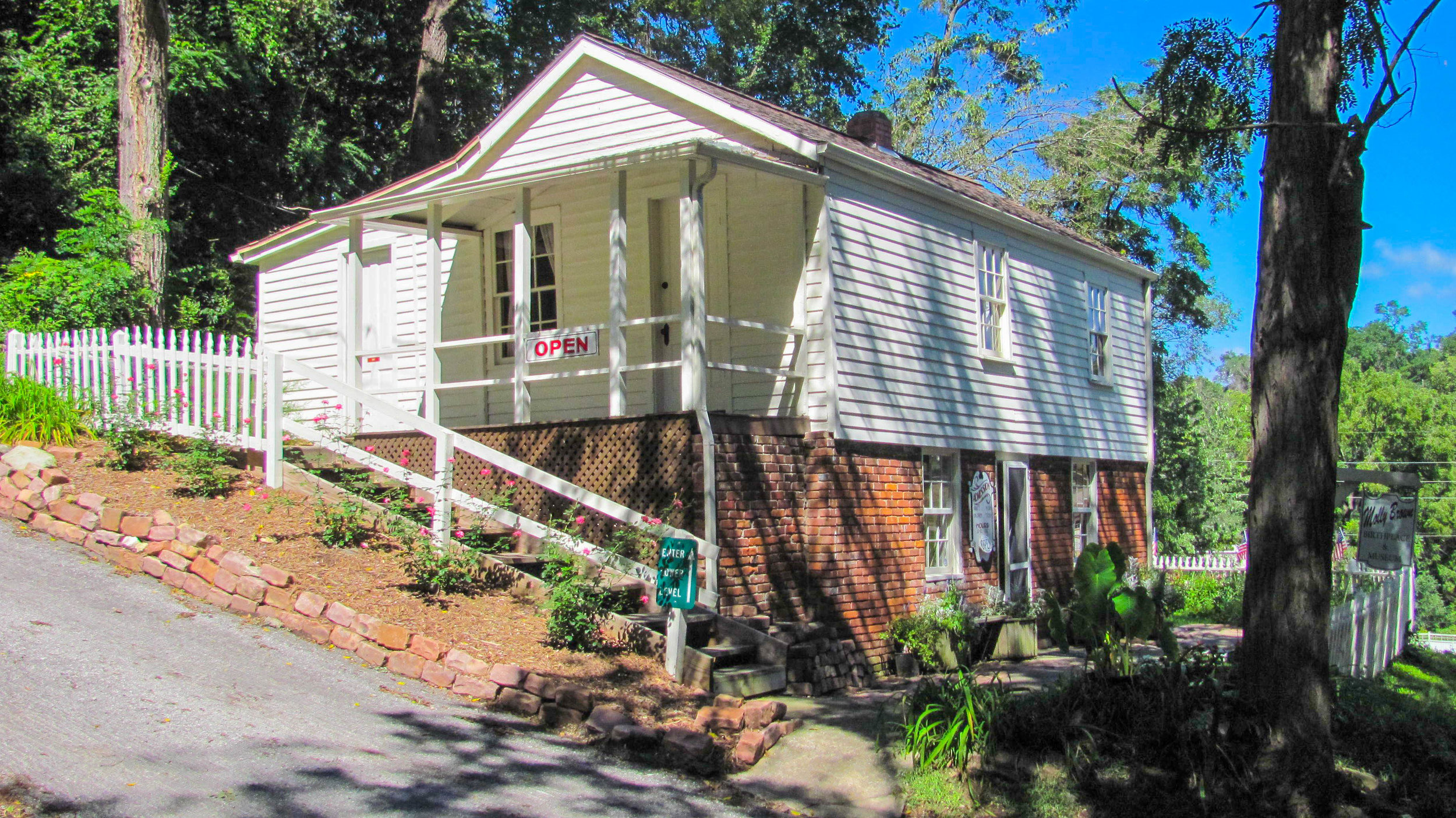600 Butler Street
Hannibal, Missouri
573-231-1819
Margaret Tobin Brown was born in 1867, in Hannibal, Missouri and was the second of four children born to John and Johanna Tobin. She also had two half-siblings. Historically known as “Molly” she was referred to as “Maggie” during her lifetime. In 1883 Margaret’s half-sister, Mary Ann, married and moved to Leadville, Colorado, a prosperous silver mining town. Another of the Tobin siblings, Daniel, also settled in Leadville. In 1886, he sent for Margaret to join him. In Leadville she found work sewing carpets and draperies at the dry goods firm of Daniels, Fisher, & Smith. Shortly after moving to Leadville, Margaret met James J. (J.J.) Brown at a church picnic. Brown, the son of Irish immigrants, was a mining superintendent at the Ibex Mining Company. The couple married in 1886. The Browns had two children. Years later, the couple legally separated but did not divorce. In 1893 J.J. Brown’s years of hard work paid off. As a minor stockholder in the Ibex Mining Company, he became wealthy after rich veins of gold and silver were discovered in the company’s Little Jonny Mine. The Browns moved to Denver, Colorado, where Margaret became an active social reformer, joining the Denver Woman’s Club and the Denver Women’s Press Club. Both organizations sought to better the lives of others through political and social activism. She also supported numerous charities and was especially fond of helping women and children in need.
Throughout her life, Brown loved to travel. In early 1912 she visited Egypt before traveling to Europe. While in France, Margaret learned that her young grandson was ill. Worried, she made plans to immediately return to the United States and booked passage on the maiden voyage of the RMS Titanic, the largest and most extravagant ship of its time. On the evening of April 14, 1912, the RMS Titanic struck an iceberg. When it became clear that passengers should be evacuated, Brown assisted fellow passengers into Lifeboat 6 before she was shoved into the boat. Brown maintained morale among her fellow survivors as they waited for rescue. Fifteen hundred and two passengers lost their lives when the Titanic sank into the depths of the North Atlantic ocean. After Brown and other survivors were rescued by the RMS Carpathia, she helped organize relief efforts for destitute passengers. She was subsequently known as “The Unsinkable Molly Brown,” although during her lifetime she was referred to as “Maggie” not Molly.
Margaret Brown unsuccessfully ran twice as a candidate for the U.S. Senate. During World War I, Brown donated her summer home in Newport, Rhode Island, to the local chapter of the American Red Cross to support the war effort. She then traveled overseas to serve as a director for the American Committee for Devastated France. The French government awarded her the French Legion of Honor for her work. In her later years, Margaret Brown continued to travel. In 1932, Margaret Tobin Brown died in her sleep in New York City. She is buried next to her husband in the Cemetery of the Holy Rood in Westbury, New York.
Just a few short blocks from downtown, Margaret Tobin Brown's birthplace in an original Irish immigrant's cottage has been restored. Her birthplace was built in the early 1860's and is a simple vernacular structure. It was saved from demolition by the Marion County Historical Society. One room is furnished in a mid-nineteenth century style and reflect the Irish-Catholic culture of Molly’s parents. The two remaining rooms are galleries. The Titanic Room is dedicated to the voyage and sinking of the great ship. The other houses a gallery of photographs depicting the history of the family and Hannibal and tells the story of Brown's birth and childhood during Hannibal's Gilded Age. Through narrative, photographs, ephemera, and video presentations, the Museum shares the remarkable life and achievements of Margaret Tobin Brown with audiences of varying ages. In addition to learning about Margaret’s childhood in Hannibal, visitors will also hear other stories of Hannibal during those years – the Irish community in Hannibal, the migration westward with the coming of railways including the Hannibal & St. Joseph Railroad, the Lumber Barons and the display of their wealth on Hannibal’s Millionaires’ Row, and the philanthropy and social safety nets set in place during Margaret’s childhood in Hannibal that would inspire her to live a life of community service and activism.
Visiting the Molly Brown Birthplace & Museum
Visiting Hours
Open daily Memorial Day through Labor Day: 10 am - 4 pm
After Labor Day - October 31: Saturdays and Sundays: 10 am - 4 pm
Special off-season tours available by request
Admission charged, group rates available.
Explore the community of Hannibal














